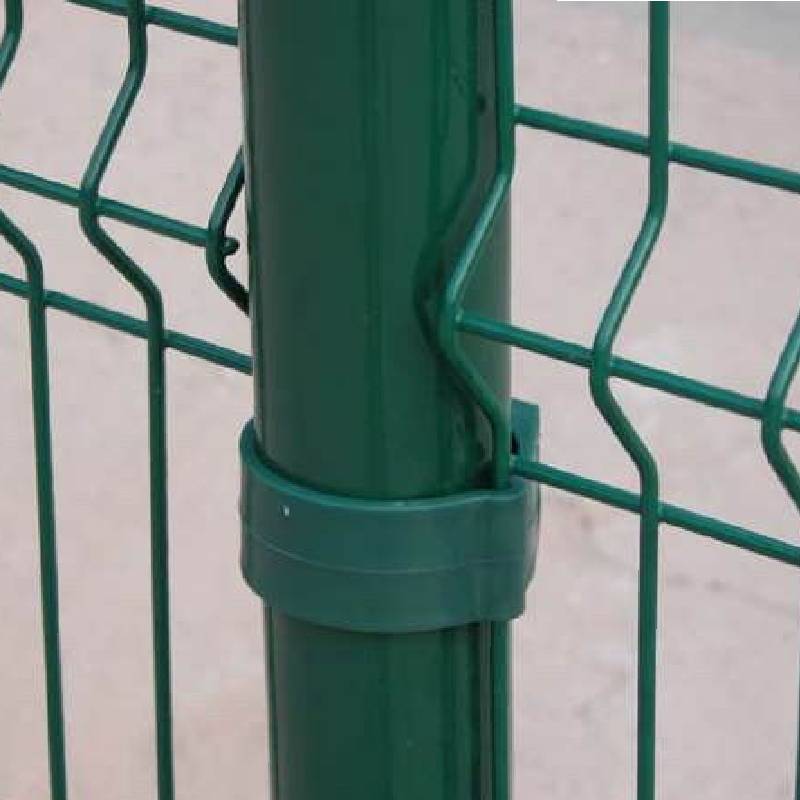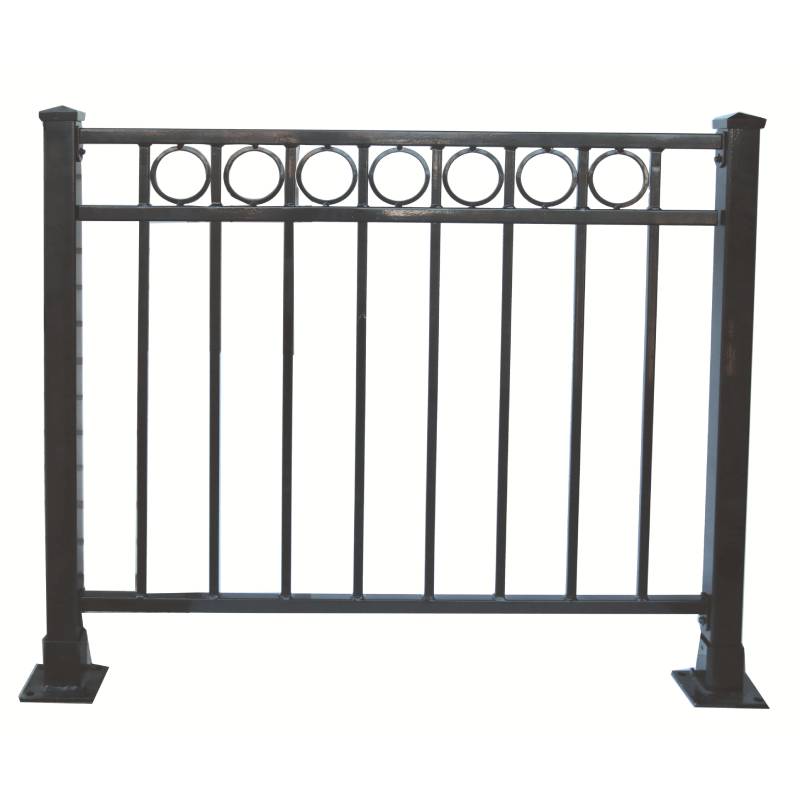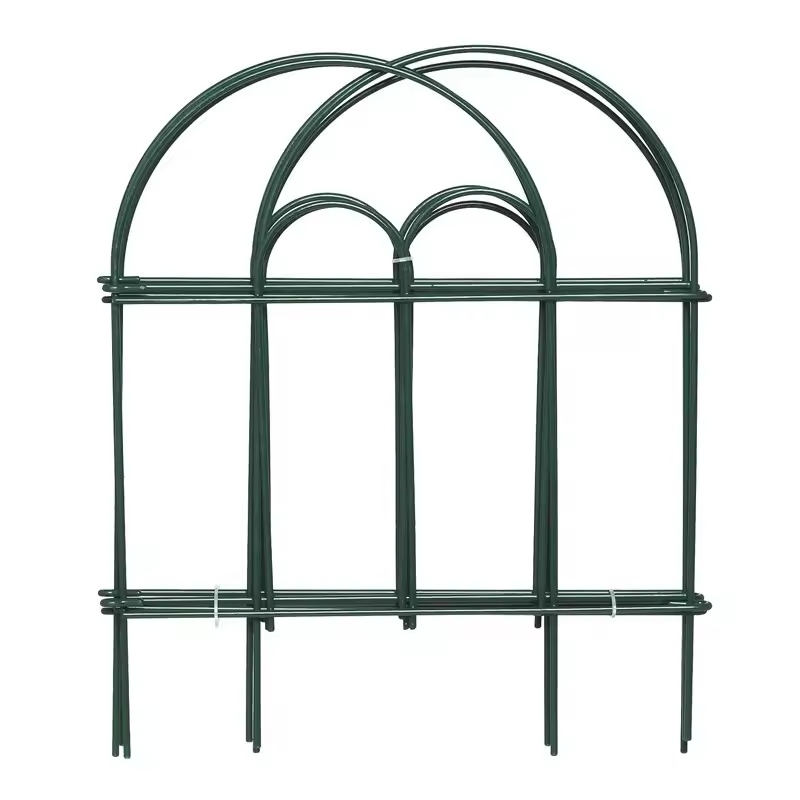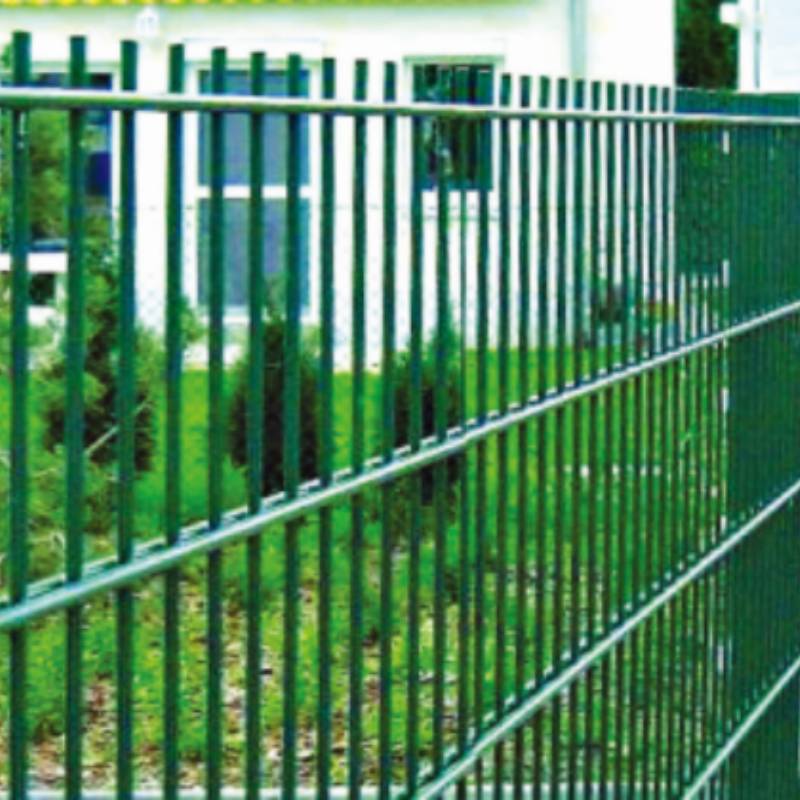-
mailaka:zhao@hyliec.cn
-
Tel:+86 311 85273988
-
WhatsApp:8613931128750
-
 AFRIKANINA
AFRIKANINA -
 albaney
albaney -
 Amharic
Amharic -
 Arabo
Arabo -
 Armeniana
Armeniana -
 Azerbaijani
Azerbaijani -
 Baska
Baska -
 Belarusian
Belarusian -
 Bengali
Bengali -
 Bosniaka
Bosniaka -
 biolgara
biolgara -
 Katalana
Katalana -
 Cebuano
Cebuano -
 Korsika
Korsika -
 Kroaty
Kroaty -
 TSEKY
TSEKY -
 Danoà
Danoà -
 Anarana iombonana
Anarana iombonana -
 anglisy
anglisy -
 esperanto
esperanto -
 Estoniana
Estoniana -
 Anarana
Anarana -
 FRANTSAY
FRANTSAY -
 Frisian
Frisian -
 galisiana
galisiana -
 Zeorziana
Zeorziana -
 Anarana
Anarana -
 GRIKA
GRIKA -
 Gujarati
Gujarati -
 Kreole Haitiana
Kreole Haitiana -
 hausa
hausa -
 Hawaii
Hawaii -
 Hebreo
Hebreo -
 tsia
tsia -
 Miao
Miao -
 hongariana
hongariana -
 Anarana
Anarana -
 igbo
igbo -
 indonezianina
indonezianina -
 TENY IRLANDEY
TENY IRLANDEY -
 ITALIANINA
ITALIANINA -
 Anarana
Anarana -
 Javaney
Javaney -
 Kannada
Kannada -
 kazakh
kazakh -
 Khmer
Khmer -
 Rwanda
Rwanda -
 Koreana
Koreana -
 Kiorda
Kiorda -
 Kyrgyz
Kyrgyz -
 TB
TB -
 Latina
Latina -
 Zavatra tsy
Zavatra tsy -
 litoanianina
litoanianina -
 Luxembourgish
Luxembourgish -
 Masedoniana
Masedoniana -
 Malagasy
Malagasy -
 Malay
Malay -
 Malayalam
Malayalam -
 Maltais
Maltais -
 Maori
Maori -
 Marathi
Marathi -
 Mongoliana
Mongoliana -
 Madagascar
Madagascar -
 Nepali
Nepali -
 norvejiana
norvejiana -
 norvejiana
norvejiana -
 Occitan
Occitan -
 Pashto
Pashto -
 PERSANINA
PERSANINA -
 poloney
poloney -
 portogey
portogey -
 Punjabi
Punjabi -
 Malagasy Romanian
Malagasy Romanian -
 ROSIANINA
ROSIANINA -
 samoanina
samoanina -
 Gaelika Scottish
Gaelika Scottish -
 serbianina
serbianina -
 anglisy
anglisy -
 Shona
Shona -
 Sindhi
Sindhi -
 Sinhala
Sinhala -
 silaovaka
silaovaka -
 Slovenianina
Slovenianina -
 Somali
Somali -
 Fikarohana
Fikarohana -
 Sundanese
Sundanese -
 swahili
swahili -
 Anarana
Anarana -
 Tagalog
Tagalog -
 Tajik
Tajik -
 Tamil
Tamil -
 Tatar
Tatar -
 Telugu
Telugu -
 Thai
Thai -
 Tiorka
Tiorka -
 Turkmen
Turkmen -
 OKRAINIANA
OKRAINIANA -
 Urdu
Urdu -
 Uighur
Uighur -
 Uzbek
Uzbek -
 vietnamiana
vietnamiana -
 valesa
valesa -
 Vonjeo
Vonjeo -
 Yiddish
Yiddish -
 Yoruba
Yoruba -
 Zulu
Zulu
Fefy Panel
Wholesale Metal Fence Panels ?
Wholesale metal fence panels are a popular choice for those looking for durable and secure fencing solutions. These panels are often made steel materials providing a
strong and long-lasting option for garden fencing. They are available in various designs and sizes, making them suitable for a wide range of applications. Wholesale options offer cost-effective solutions for purchasing metal fence panels in bulk, making them ideal for contractors, landscapers, and property developers looking to install fencing on a larger scale.
Is It Cheaper To Buy Fence Panels Or Build Them?
The cost of buying fence panels versus building them can vary depending on several factors. In general, buying pre-made fence panels can be cheaper and more time-efficient than building them from scratch. Pre-made panels are mass-produced, which often makes them more cost-effective due to economies of scale. Additionally, purchasing fence panels can save on labor costs, as they are typically easier and quicker to install compared to building a fence from individual components. However, building a fence from raw materials allows for more customization and control over the design, which may be a priority for some individuals. It's important to consider the specific requirements, budget, and time constraints when deciding whether to buy or build fence panels.
How To Install A Panel Fence?
To install a panel fence involves several steps:
1. Measure and plan: Determine the length of the fence and calculate the number of panels needed. Plan the layout and ensure the fence posts are installed at the appropriate intervals to accommodate the panels.
2. Install the posts: Dig holes for the fence posts, ensuring they are deep enough to provide stability. Set the posts in concrete and allow them to cure before attaching the panels.
3. Attach the panels: Once the posts are set, attach the panels to the posts using appropriate fasteners such as screws or nails. Ensure the panels are level and properly aligned.
4. Add finishing touches: Depending on the type of panels used, additional finishing touches such as capping, trim, or paint may be required to enhance the appearance and durability of the fence.
5. Maintenance: Regular maintenance, such as cleaning and sealing, may be necessary to ensure the longevity of the fence panels.
It's important to follow the manufacturer's instructions and local building codes when paneling a fence to ensure proper installation and compliance with regulations. If in doubt, it's advisable to consult with a professional or seek guidance from experienced individuals.








